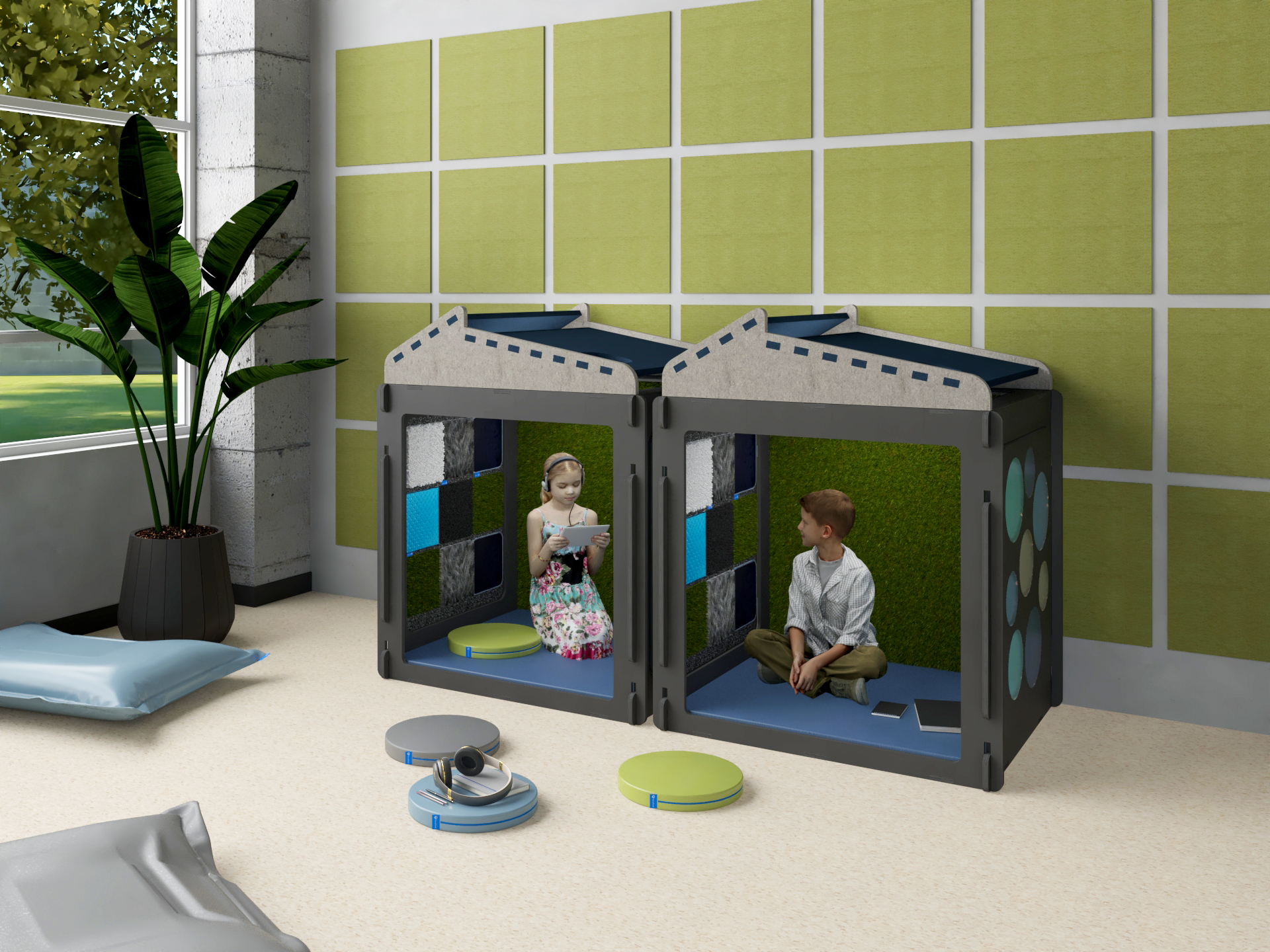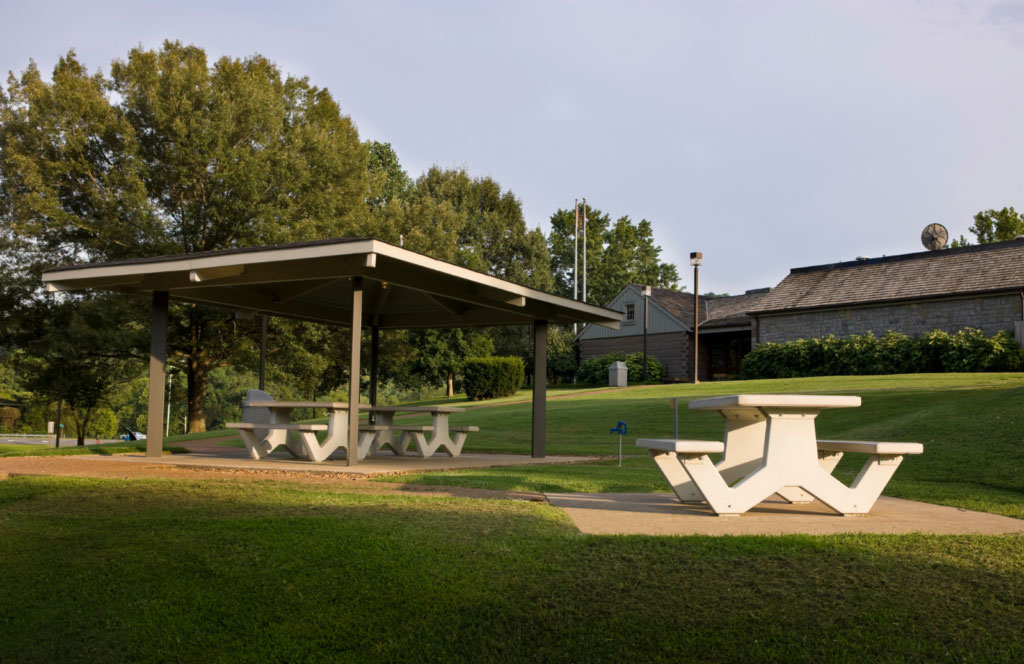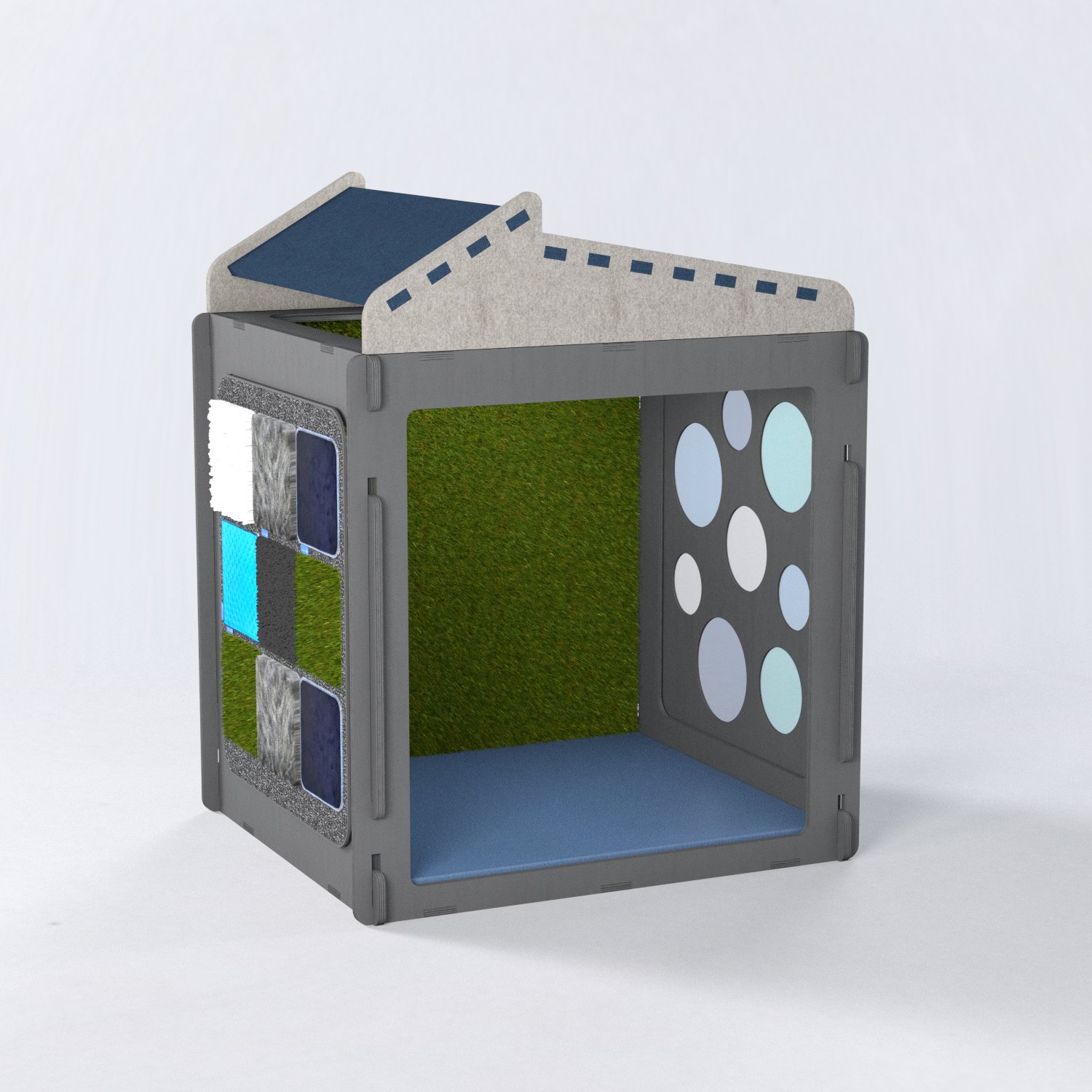“The senses, being explorers of the world, open the way to knowledge. Our apparatus for educating the senses offers the child a key to guide his explorations of the world.”
Montessori, M. (1988). The Absorbent Mind. Oxford: Clio Press. P. 167
Learn.Genetics the Genetic Science Learning Center highlights the integral inner workings of the brain and how it relates to the senses. They introduce the term ‘cross-talk’, referring to the communication connections between the senses and association locations within the brain.
They state, ‘Each sensory system sends signals to the brain. It’s up to the brain to interpret these signals and come up with a response. To do this, the Brain often combines information from multiple sensory systems – a process called sensory integration.’
Example ‘Cross-Talk’ Pathways:
- Senses and Memory
- Sight & Sound
- Color and Mood
- Taste, Smell, & Emotion
Why is this important? Understanding the interconnectedness between the senses, emotions, and memory allows for implementation of strategic design elements; elements which support processing and association.
Every person associates senses differently. Depending on personal experience and relationships, things that individual’s see, hear, taste, touch, and smell bring about differing correlations.
Autism Speaks navigates the various sensitivities individuals in the ASD community face. Sensitivity with…
- Sights
- Sounds
- Smells
- Tastes
- Touch
- Balance (vestibular)
- Awareness of body position and movement (proprioception)
- Awareness of internal body cues and sensations (interoception)
‘Autistic people can experience both hypersensitivity (over-responsiveness) and hyposensitivity (under-responsiveness) to a wide range of stimuli. Most people have a combination of both’
The organization also gives an inside perspective on how hypersensitivity/hyposensitivity can be expressed or manifested:
- Increased movement – jumping, spinning, or crashing
- Increased stimming – hand flapping, making repetitive noises, or rocking back and forth
- Talking faster/louder, not talking at all
- Covering ears or eyes
- Difficulty recognizing internal sensations like hunger, pain, the need to use the bathroom
- Refusing/insisting on certain foods or clothing items
- Frequent chewing on non-food items
- Frequent touching of others or playing rough
- Difficult communication or responding as the brain shifts resources to deal with sensory input (shutdown)
- Escalating/overwhelming emotions or need to escape a situation (meltdown)
Although many individuals in communities such as ASD experience sensations differently – every person associates senses in direct connection with experiences and relationships.
The Average Timeline
Sensory processing design considerations begin with a complete scope of processing needs. Considering developmental level, cognitive mapping, and perception is a necessity when creating learning environments.
According to SAOTG (Staying Ahead of the Game), ‘The average school day in the US is between 6 and 7 hours per day, usually from 8:00AM until somewhere around 2:00PM… Typically, students get between 900 – 1200 hours worth of schooling each year, which is above the global average.’
The New York Post comments ‘A Brooklyn elementary school is experimenting with a novel idea to ease the burden of childcare on working parents by offering 12-hour school days… opening bright and early at 7:00AM and letting students stay up until 7:00PM.’
Bearing in mind the number of hours children/young adults spend at school – measures should be taken to support sensory processing for these developing minds and bodies.

Gas Stations & Rest Stops
First and foremost, designing learning spaces should entail groupings of materials to provide ‘gas stations’ and ‘rest stops’. Think about a road trip, there’s time for filling up the tank and there’s time for rest stops.
Below are examples of design reflections which can be utilized as either ‘Gas Stations’ or ‘Rest Stops’. These examples encompass needs observed within inclusive learning spaces throughout the United States.This is not a comprehensive list, but an inspired record to assist in re-imagining learning environments.
|
Gas Stations |
Rest Stops |
|
Warm colors / warm hues |
Pastels / pink Tones / earth tones |
|
Loud quick sounds and/or music |
Soft elongated sounds and/or music |
|
Music with lyrics |
Music without lyrics |
|
Components for vestibular stimming (offering repetitive movement – mainly gross motor but can be fine motor)
Ex: bouncing, pacing, swinging, jumping, swaying, rocking, spinning (etc.) |
Components for mindful movements (offering repetitive movement – mainly gross motor but can be fine motor)
Ex: walking, stretching, full body breathing, swaying, rocking, hand-over-hand activities (etc.) |
|
Open Flow Space
Ex: open spaces for whole body movement |
Closed Flow Space
Ex: enclosed spaces offering seclusion, fort-like sensations |
|
Texture Integration |
Texture Integration |
Many educational organizations have implemented spatial components such as ‘calming corners’ and ‘sensory zone’ within individual classrooms. Although these work to provide necessary outlets – they tend to only serve several learners at a time. This is an advocacy-based model. A learner needs something, therefore requests time in a ‘calming corner’ or ‘sensory zone’. Or these outlets end up being the location where certain learners are sent to take a ‘break’. More often than not – these spaces are provided by instructional staff who have purchased materials out of pocket.
Including sensory materials holistically allows the learning ecosystem to have access to what they need at any given time. It is a needs-based approach; allowing learners and adults to have unencumbered access to necessities.
Here is an inspired list of needs-based materials with sensory contemplations:
- Differentiated Seating – varying heights, varying finishes (i.e frame/all foam, upholstered etc.)
- Differentiated Worksurfaces – varying heights & surface finishes (i.e writable, laminate, metal etc.)
- Adjustable Lighting – big/little lights, natural light sources, salt lamps (etc.)
- Textural Integration – including varying textures for processing needs (i.e velvet, velcro, turf, fur, microfiber etc.)
- Color Schemes – pallets following color psychology recommendations appropriate for specified age groups
- Spatial Flow – furniture layout encompassing welcoming angles and pockets of movement (more curves than straight lines)

SereniCube – A Roadmap for Sensory Processing
The SereniCube offers a combination of needs-based materials compartmentalized for ease of use and access. This unit is not characterized as a retreat; it is an invitation to have exactly what one needs.
|
Needs-Based Features |
|
Grassy/Turf Back Wall |
|
Upholstered Foam Floor Mat |
|
Darker Color Scheme |
|
PET Abstract Top |
|
Circular PlexiGlass Cutouts |
|
Microfiber Inner Wall |
|
TacTile Attachments |
|
Naturescape Speaker |
Whether an individual needs a ‘Gas Station’ or a ‘Rest Stop’ – they should have easy access to supports throughout their learning space. Approaching design with an understanding of processing considerations and a needs-based methodology, offers learners and facilitators tools for success.
The environment is a second teacher – utilizing the environment, specifically for processing, gives ALL learners and ALL facilitators the chance to be seen, heard, and understood. Ultimately promoting positive communication, actualization of self, growing confidence, and encouraged independence.
References
Learn.Genetics
Article: Sensory Systems Work Together
https://learn.genetics.utah.edu/content/senses/worktogether/
Autism Speaks
Article: Sensory Issues
https://www.autismspeaks.org/sensory-issues#:~:text=Autistic%20people%20can%20experience%20both,or%20rocking%20back%20and%20forth.
SAOTG
Article: How Long Should a School Day Be?
https://saotg.com/how-long-should-a-school-day-be/#:~:text=The%20average%20school%20day%20in%20the%20US,breakdowns%20of%20how%20those%20days%20are%20scheduled.
New York Post
Article: NYC Charter School Offers 12-Hour Days – and Parents and Students Give it High Marks
https://nypost.com/2024/04/11/us-news/brooklyn-charter-schools-offers-12-hour-days-and-parents-and-students-give-it-high-marks/


